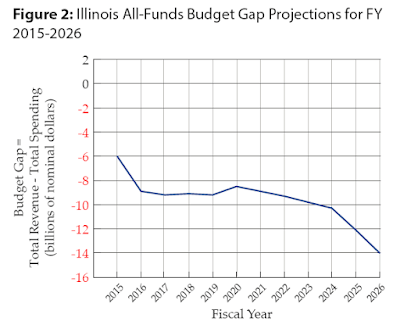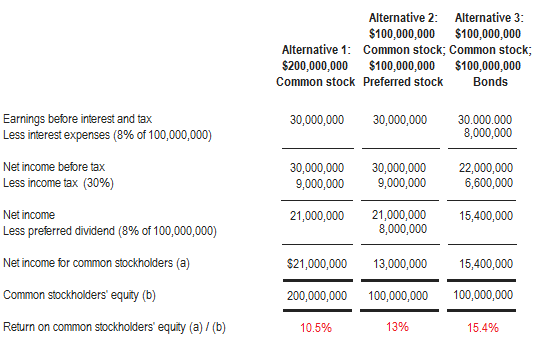
Reconciling accounts and comparing transactions also helps your accountant produce reliable, accurate, and high-quality financial statements. One account will get a debit, and the other account will receive a credit for the same transaction. For instance, when a company conducts a sale, it debits either cash or accounts receivable on its bank statement balance sheet. Financial statements should also be compared with general ledger balances for agreement in amount. The purpose of account reconciliation for balance sheet accounts is to ensure that financial statements are materially accurate and internal control is working to prevent fraud and errors.
What are the two basic methods of account reconciliation?
- When all the balance sheet accounts are reconciled, you’ve nailed net income.
- Prepaids are recognized gradually as an expense, using a monthly allocation with a journal entry to reduce the prepaid asset balance and record the expense on the income statement.
- Go through and check off each payment and deposit on your register that matches the statement.
- This is the one that keeps business owners and finance and accounting professionals up at night.
Plus, you can set accuracy thresholds to determine whether transactions need to match to the penny, or if being off by say 5% is close enough. It may seem obvious, but this is essential for making sure the accounting records are right. That’s how we know the financials are accurate — or at least materially correct — every month. Fortunately, today’s accountants have the advantage of automation and reconciliation tools like account reconciliation software that can make short work of the time-consuming chore of transaction matching.
Cash Balance in the Ledger & Bank Account
Reconciliation in accounting is the process of making sure all the numbers in your accounting system match up correctly. For example, when reconciling your bank statement with your company’s ledger, bank reconciliation means comparing every https://www.personal-accounting.org/the-value-of-tax-shields-is-not-equal-to-the/ transaction to make sure they match. This practice helps identify and rectify discrepancies, including missing transactions. In essence, reconciliation acts as a month-end internal control, making sure your sets of records are error-free.
Business Specific Reconciliation
Regular account reconciliation should be combined with invoice reconciliation as part of your internal controls in accounts payable. If your AR balance is $60,000, but you only have $40,000 in invoices that are due, your net profit will be overstated and you’ll be paying taxes on income that you’ll never receive. No matter what you’re reconciling, it will involve comparing two sets of records to determine accuracy. The https://www.personal-accounting.org/ documentation review process compares the amount of each transaction with the amount shown as incoming or outgoing in the corresponding account. For example, suppose a responsible individual retains all of their credit card receipts but notices several new charges on the credit card bill that they do not recognize. Perhaps the charges are small, and the person overlooks them thinking that they are lunch expenses.

Since 2006, when Sarbanes-Oxley became effective, public companies have been required to have internal controls that are adequate to prevent material misstatement. Performing regular balance how to do payroll accounting: a step-by-step guide for employers sheet account reconciliations and reviewing those reconciliations is one form of internal control. Auditors will always include reconciliation reports as part of their PBC requests.
How to reconcile balance sheet accounts

Sure, there are a number of professionals that can provide expertise in this task, the most obvious being an accountant. If you decide to hire someone to help, make sure they are following GAAP, or have credentials and experience that you trust. However, if you decide to tackle the task on your own you can save a lot of money. Also, if your business is small and you’re just starting out, reconciling your own accounts can be a valuable learning experience.
Stripe’s automated system handles this comparison, enabling you to capture revenue accurately and reconcile your internal accounting systems with Stripe-processed charges and refunds at a transaction level. Similarly, when a business receives an invoice, it credits the amount of the invoice to accounts payable (on the balance sheet) and debits an expense (on the income statement) for the same amount. When the company pays the bill, it debits accounts payable and credits the cash account. Again, the left (debit) and right (credit) sides of the journal entry should agree, reconciling to zero. Reconciliation in accounting—the process of comparing sets of records to check that they’re correct and in agreement—is essential for ensuring the accuracy of financial records for all kinds of businesses.
It provides an opportunity to record their cash position and forecast their cash flow with a higher degree of accuracy. It’s also important to ensure you maintain detailed records of the three-way reconciliation accounting process. All trust transactions in the internal ledger should be accurately recorded and should align with transactions in the individual client ledgers. Make any required adjusting journal entries for general ledger balances to correctly reflect short-term and long-term notes payable components. Compare income tax liabilities to the general ledger account and adjust for any identifiable differences that need recording via journal entry.

Some differences may be acceptable because of the timing of payments and deposits. Unexplained or mysterious discrepancies, however, may warn of fraud or cooking the books. Businesses and individuals may reconcile their records daily, monthly, quarterly, or annually.
If the indirect method is used, then the cash flow from the operations section is already presented as a reconciliation of the three financial statements. Other reconciliations turn non-GAAP measures, such as earnings before interest, taxes, depreciation, and amortization (EBITDA), into their GAAP-approved counterparts. When an account is reconciled, the statement’s transactions should match the account holder’s records.
Find out how it all works as we examine the benefits of different types of reconciliation in accounting. And, because Clio integrates with best-in-class accounting tools like QuickBooks and Xero, you can use them together to further simplify reconciliations. When using Clio together with these integrated accounting solutions, trust account updates made in Clio are then automatically updated in QuickBooks or Xero.
Intercompany reconciliation is a process that occurs between units, divisions, or subsidiaries of the same parent company. This type of reconciliation involves reconciling statements and transactions to ensure that all business units are on the same page financially. Account reconciliation is an internal control that certifies the accuracy and integrity of an organization’s financial processes. Cash flow can be calculated through either a direct method or indirect method. GAAP requires that if the direct method is used, the company must still reconcile cash flows to the income statement and balance sheet. Some reconciliations are necessary to ensure that cash inflows and outflows concur between the income statement, balance sheet, and cash flow statement.
